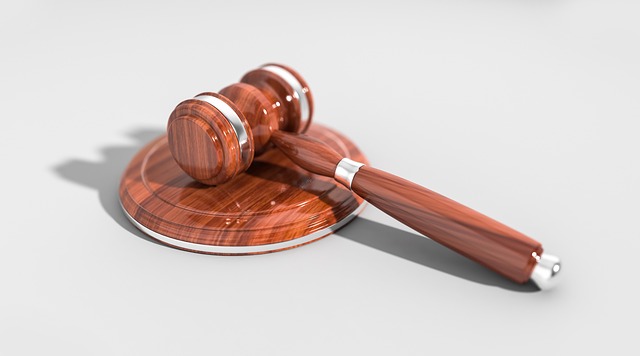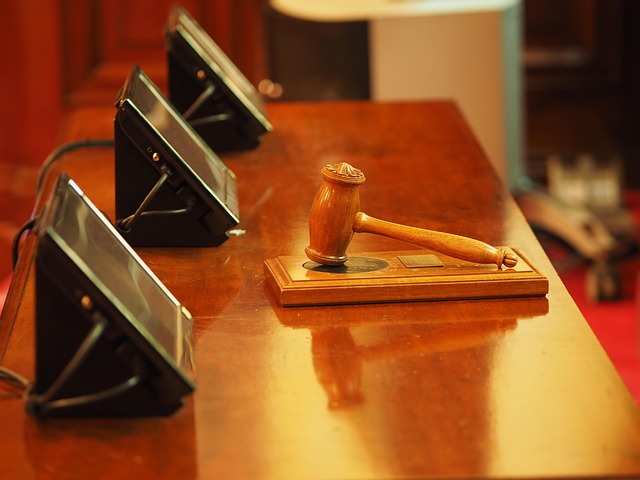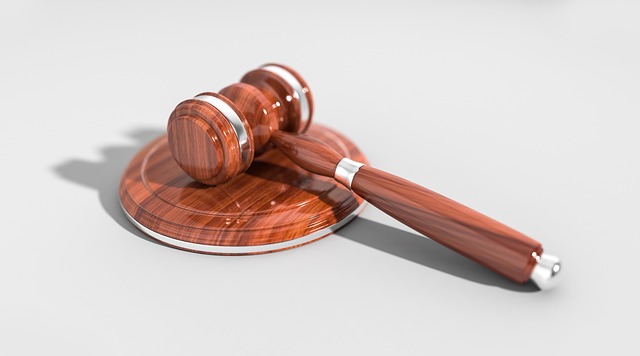Pedestrian accident liability laws vary by jurisdiction and significantly impact compensation for injured children. These laws protect vulnerable road users while ensuring fairness, with special consideration for age, negligence, and circumstances. Parents or guardians often represent their injured children in legal disputes, navigating complex issues like medical malpractice. Legal professionals must account for developmental differences, behaviors, parental negligence, and supervision responsibilities when assigning liability. Preventing pedestrian accidents involves education, modeling safe behavior, and open discussions about potential hazards, all of which reduce liability and promote safer streets.
Pedestrian accidents involving children raise complex legal issues, with clear understanding of liability laws being crucial for parents and caregivers. This article delves into the intricacies of pedestrian accident liability when children are affected, exploring key considerations unique to these cases. We discuss strategies to mitigate risks and offer insights into navigating legal complexities, empowering adults to protect their children and ensure justice. By understanding relevant laws, you can better prepare for potential scenarios and make informed decisions in such challenging situations.
- Understanding Pedestrian Accident Liability Laws
- Children's Unique Considerations in Legal Cases
- Strategies for Parents and Caregivers to Mitigate Risk
Understanding Pedestrian Accident Liability Laws

When children are involved in pedestrian accidents, understanding the legal framework governing pedestrian accident liability becomes paramount. Each jurisdiction has its own set of laws and regulations that dictate who is responsible for compensating victims, especially when minors are affected. These laws consider various factors such as age, negligence, and the circumstances surrounding the incident.
Pedestrian accident liability laws aim to protect vulnerable road users while ensuring fairness in compensation claims. In many cases, children may not be held entirely responsible for their actions, especially if they were struck by a vehicle due to the driver’s negligence or failure to yield. Consequently, parents or legal guardians often play a significant role in seeking auto accident injuries compensation on behalf of their injured children, akin to navigating complex employment disputes, with medical malpractice as a potential concern if proper care was not provided before or after the incident.
Children's Unique Considerations in Legal Cases

When it comes to pedestrian accidents involving children, legal cases often present unique considerations that require a nuanced approach. Children, due to their age and developmental stage, may exhibit behaviors that differ significantly from adults, which can impact liability determinations. For instance, a child’s lack of understanding of traffic rules or their tendency to act impulsively might contribute to the circumstances leading up to an accident. These factors must be carefully assessed alongside other relevant details, such as the child’s visibility and the driver’s awareness.
Legal professionals handling these cases need to take into account the potential limitations in a child’s ability to make rational decisions and their reliance on adults for guidance. This may involve considering issues like parental negligence or the responsibility of supervision, especially in scenarios where a child ventures into streets or crosses them unsupervised. Understanding these nuances is crucial for assigning appropriate pedestrian accident liability and ensuring justice for all parties involved, including children who may be vulnerable in legal proceedings related to commercial disputes or even defective products.
Strategies for Parents and Caregivers to Mitigate Risk

Parents and caregivers play a pivotal role in mitigating risks associated with pedestrian accidents involving children. A key strategy is to educate young ones about road safety rules, ensuring they understand traffic signals, crosswalk procedures, and vehicle dangers. Regularly reinforcing these lessons creates responsible, mindful pedestrians.
Moreover, parents should model safe behavior themselves when out in public spaces, adhering to traffic laws and demonstrating cautiousness around vehicles. Establishing a culture of safety through open discussions about potential hazards and the consequences of reckless actions can significantly reduce pedestrian accident liability.
Pedestrian accidents involving children highlight the importance of understanding liability laws and implementing safety strategies. By recognizing the unique legal considerations surrounding these cases, parents and caregivers can better protect their rights and ensure a safer environment for their young ones. Educating oneself about pedestrian accident liability is a proactive step towards preventing tragedies and fostering a culture of accountability.





